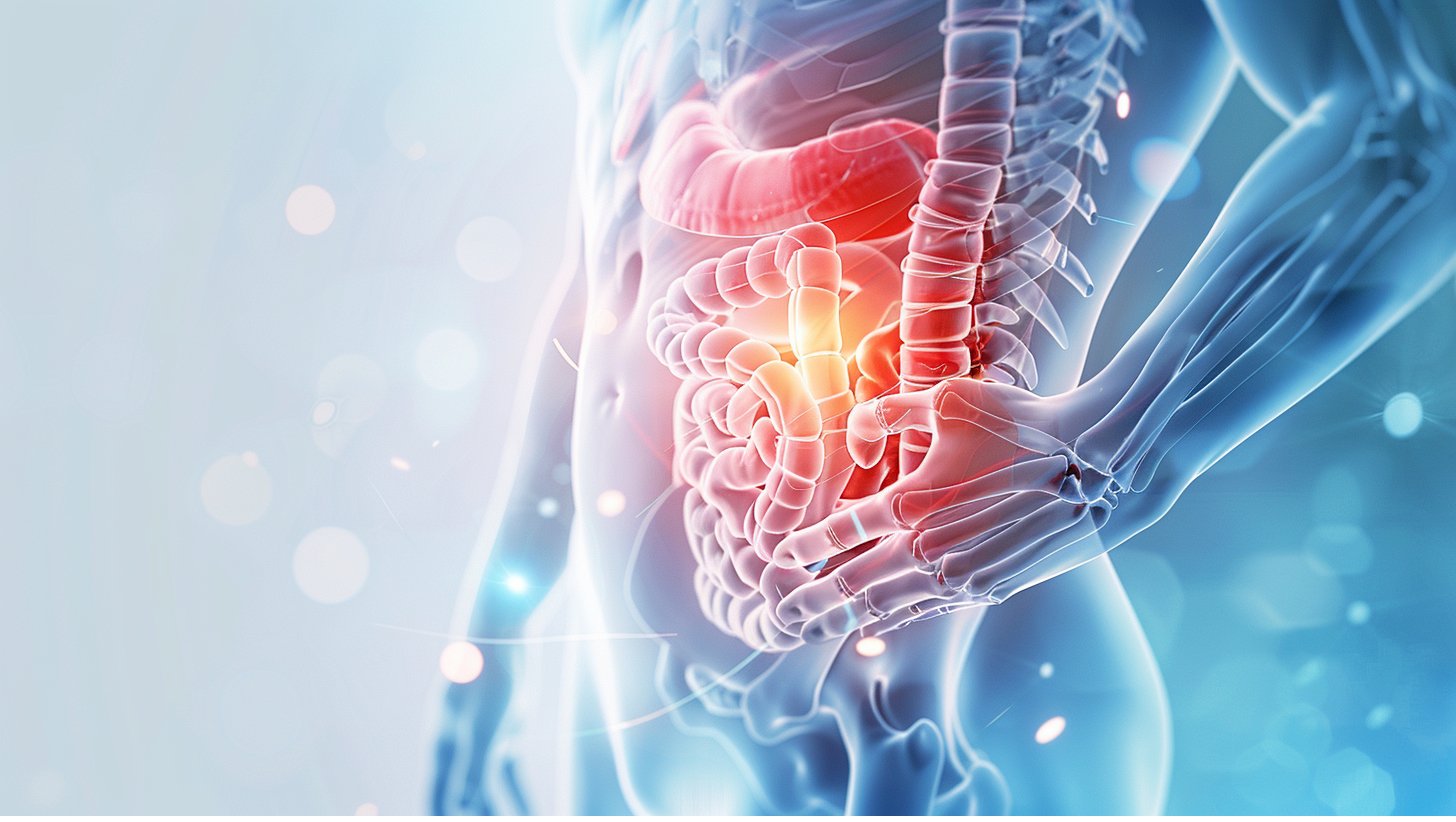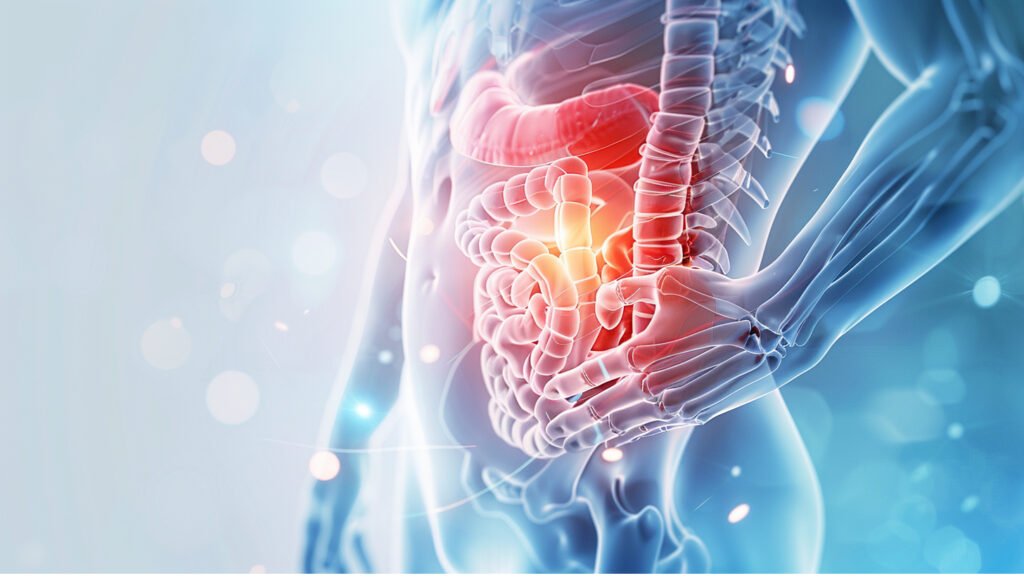
Understanding Hernia Pain: Medical Insights from Dr. Gabriel Arévalo
Table of Contents
What Is Hernia Pain Like?
A hernia occurs when an internal organ or tissue pushes through a weak spot in the muscle or connective tissue of your abdomen ( belly).
This typically triggers a sense of pressure or a dull ache, sometimes a pulling sensation, and in many cases, patients also notice a visible or palpable bulge in the affected area.
Dr. Gabriel Arévalo explains that most patients describe hernia pain as a pressure, dull ache, pulling or pinching sensation that becomes more noticeable when the hernia “pops out,” especially during activities that increase abdominal pressure such as lifting, coughing, laughing, or bending over.
The symptoms, however, vary according to the hernia’s location and size.
Typical Pain Patterns and Sensations
Pressure or heaviness:
A dragging or heavy feeling around the bulge is common and often becomes more noticeable toward the end of the day or after prolonged standing, particularly when the hernias are located in the groin area.
Dull, burning, or aching pain:
Patients frequently report a dull, burning, or aching sensation at the site of the protrusion.
In inguinal hernias, this discomfort can radiate toward the testicles in men or the external genital organs in women, and may occasionally extend to the inner or anterior thigh.
Sharp pain when straining:
Pain often intensifies during actions that increase abdominal pressure, such as coughing, laughing, bending, or lifting heavy objects.
Intermittent pain:
Many patients notice that discomfort fluctuates with activity or body position.
Although the pain may come and go, the underlying defect in the abdominal wall does not heal spontaneously, meaning the hernia persists even during pain-free periods.
Asymptomatic hernias:
Not all hernias cause pain.
Dr. Arévalo notes that some are discovered only during a routine physical exam because they produce a bulge without discomfort.
Even these silent hernias, however, can enlarge or become complicated over time if left untreated.
Location-Specific Characteristics
Umbilical hernias usually create a lump near the navel, appearing three centimeters above, below, or adjacent to the belly button.
Patients often notice tenderness or sensitivity when applying pressure to this lump.
Incisional hernias tend to develop beneath a previous surgical scar, producing either a visible bulge or a sensation of deep pressure and pulling at the old incision site.
Hiatal hernias, on the other hand, occur when the upper stomach pushes through the diaphragm into the chest cavity.
These typically present with acid reflux, heartburn, or a feeling of pressure behind the breastbone rather than an external lump.
Patients may also experience difficulty swallowing or chest discomfort that worsens at night or when lying flat.
Because hiatal hernias are internal, they remain invisible from the outside.
How Do I Know If My Pain Is From a Hernia?
The most recognizable sign of a hernia is a bulge that appears when standing, coughing, or straining, exercising and usually disappears when lying down.
If these same movements consistently cause localized pain or pressure, it’s likely that a hernia is present.
Nevertheless, some hernias—particularly femoral or hiatal types—do not produce an obvious lump.
Dr. Arévalo highlights that the pattern, persistence, and triggers of pain often provide important diagnostic clues.
Key Signs Suggesting a Hernia
- Bulge or lump:
A soft mass in the abdomen, groin, or around a surgical scar that becomes more noticeable when standing or exerting effort.
In women, the lump may be subtle, making diagnosis more challenging. - Pain associated with exertion:
A burning or aching pressure that increases with bending, lifting, or coughing and improves when resting or lying flat. - Dragging or heavy sensation:
A feeling of heaviness near the groin or umbilical region.
Men may describe the pain radiating toward the scrotum, while women more often feel pelvic or lower-abdominal heaviness. - Digestive symptoms (hiatal hernia):
Heartburn, acid reflux, regurgitation, or chest pressure following meals, particularly when lying down.
According to Dr. Arévalo, distinguishing a hernia from a muscle strain can be difficult because both may cause aching or burning in the same area.
A strain, however, usually follows a sudden twisting or exertional movement and improves within a few weeks of rest, whereas a hernia produces a persistent or recurrent bulge that does not resolve on its own.
Patients experiencing these symptoms should seek a professional evaluation.
At his Houston practice, Dr. Arévalo uses in-office dynamic ultrasound to assess hernias safely and accurately, ensuring early detection and customized treatment plans.
How Can I Check Myself for a Hernia?
Self-examination may help you notice early signs but should never replace a professional assessment.
The purpose is to observe whether a bulge becomes more prominent with increased abdominal pressure and flattens when lying down.
Steps for a Basic Self-Check
- Stand in front of a mirror:
Look for visible swelling while standing upright or gently coughing. - Cough or strain lightly:
A mild cough may accentuate the hernia’s bulge in the groin, navel, or around a prior incision. - Feel with your fingertips:
Gently press the suspected area first while standing and again while lying down.
Many patients first detect a soft bump while showering or drying off. - Note any discomfort:
A sensation of pressure, burning, or heaviness that worsens with exertion may indicate a hernia and warrants medical attention.
Dr. Arévalo cautions that even skilled clinicians rely on physical examination and bedside same visit in office ultrasound imaging to confirm a hernia.
Self-diagnosis may overlook deeper or less visible types—such as femoral or spigelian hernias—or confuse a hernia with a benign lump like a lipoma or enlarged lymph node.
Does Hernia Pain Come and Go?
Hernia pain often fluctuates with activity.
When part of the intestine or fatty tissue slides in and out of the weak area in the abdominal wall, discomfort can temporarily subside.
However, the hernia defect persists and gradually enlarges.
Factors such as lifting, prolonged standing or sitting, or persistent coughing can increase pressure and make the pain return.
Dr. Arévalo emphasizes that even when symptoms lessen, the condition remains and typically progresses, often requiring surgical correction to prevent complications.
He performs advanced robotic hernia repair procedures designed to reduce postoperative pain and accelerate recovery.
What Pain Can Be Mistaken for a Hernia?
Because hernia symptoms are often nonspecific, several other conditions can imitate them.
Dr. Arévalo notes that gastrointestinal, musculoskeletal, and soft-tissue disorders are common mimickers.
Common Conditions That Resemble Hernias
- Lipomas:
Benign fatty tumors under the skin can produce a soft bulge that remains unchanged with movement or pressure. - Diastasis recti:
A separation of abdominal muscles, often after pregnancy or weight gain, causes a midline bulge sometimes is accompanied by an umbilical hernia.
It may affect core stability and posture but doesn’t require hernia repair. - Shingles (Herpes Zoster):
A burning rash on the abdomen can mimic hernia pain; post-herpetic nerve irritation may linger even after the rash resolves. - Enlarged lymph nodes or inguinal swelling:
Infection or tumors can create firm, tender lumps similar in appearance to hernias.
Because of this overlap, ultrasound or CT imaging is often necessary for accurate differentiation.
When to Go to the Emergency Room for a Hernia
A hernia becomes a medical emergency if it becomes incarcerated (trapped) or strangulated (blood supply compromised).
In these cases, the intestine or tissue can die within hours, leading to infection or sepsis.
Emergency Warning Signs
- Sudden, persistent, or severe pain
- A firm, tender bulge that cannot be pushed back in
- Red, purple, or dark discoloration of the lump
- Nausea or vomiting
- Fever or chills
- Inability to pass gas or have a bowel movement
Dr. Arévalo stresses that prompt surgical intervention is critical in these situations.
Timely treatment prevents tissue necrosis and dramatically improves survival and recovery outcomes.
Comprehensive Hernia Care in Houston
Based in Houston Methodist Willowbrook Hospital, Dr. Gabriel Arévalo is a board-certified general surgeon with advanced expertise in robotic and hernia repair.
His approach integrates precise diagnosis, minimally invasive techniques, and personalized follow-up to ensure optimal recovery.
Why Patients Choose Dr. Arévalo
- Advanced minimally invasive technology for smaller incisions and faster recovery
- Extensive experience with large and recurrent hernias requiring abdominal wall reconstruction
- Bilingual communication (English / Spanish) and individualized care
- Collaborative approach with gastroenterology and internal medicine specialists to address associated digestive or systemic conditions
Through this comprehensive model, Dr. Arévalo focuses not only on repairing the defect but also on restoring function, confidence, and comfort for every patient.
Frequently Asked Questions (FAQs)
What does hernia pain feel like?
Typically, it feels like pressure or a dull ache near a bulge that worsens with lifting, coughing, or bending, though some hernias remain painless.
How can I tell if I have a hernia or a pulled muscle?
A hernia produces a bulge that appears when standing or coughing and disappears when lying down.
A pulled muscle generally improves with rest and may cause bruising or stiffness.
Do hiatal hernias cause back pain?
They primarily cause acid reflux and chest discomfort, but pressure can occasionally radiate toward the back.
Persistent back pain usually has other causes.
Can hernia pain come and go?
Yes. The discomfort often varies with activity, position, or meal size, but even if it subsides, the hernia remains and may worsen.
What conditions mimic hernia pain?
IBS, gastritis, GERD, muscle strains, lipomas, and gynecological conditions (such as ovarian cysts or fibroids) can present similarly.
A professional evaluation, including imaging, helps confirm the diagnosis.


